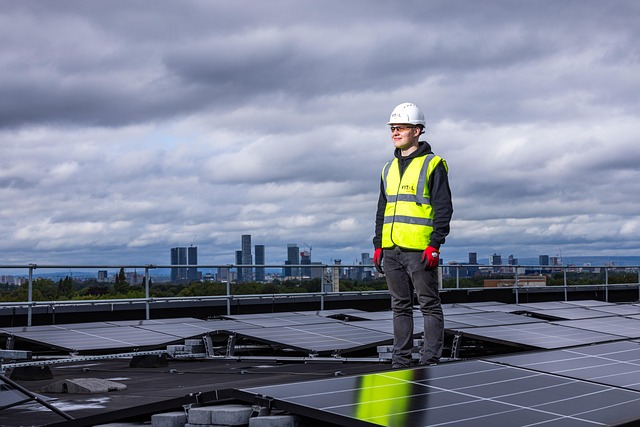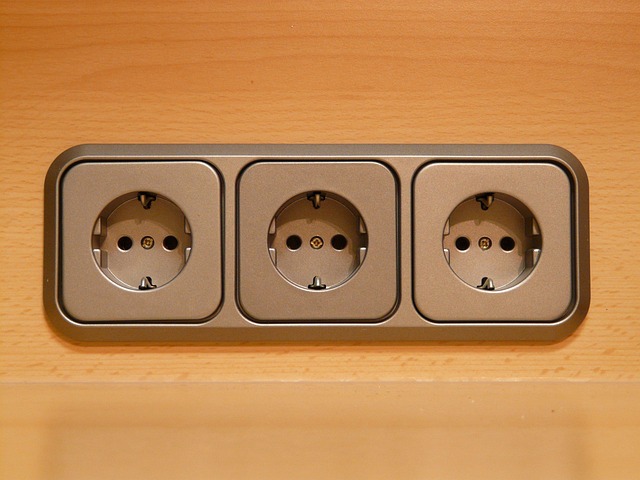In our bustling urban environment, the relentless pace of modern life often leaves little room for nature. Yet, as communities continue to grow, the call to embrace green spaces is more necessary than ever. Imagine stepping out of your home and being greeted by the vibrant colors of flowers, the soothing rustle of leaves, and the invigorating scent of freshly mowed grass. This vision of greenery is not just a luxury but a vital component of a sustainable, eco-friendly urban lifestyle.
Creating a greener urban environment starts with our mindset. It’s essential to recognize the value that nature brings to our daily lives. Green spaces provide a refuge from the concrete jungle, offering a sanctuary where individuals can unwind and reconnect with the natural world. Studies have shown that spending time in gardens or parks can significantly reduce stress, enhance mood, and promote physical health. Therefore, our communities must prioritize the cultivation and maintenance of these areas.
Gardening initiatives can serve as a bridge between residents and nature. Community gardens are fantastic opportunities for neighbors to come together, share knowledge, and cultivate their patches of paradise. These green oases not only beautify the landscape but also promote biodiversity, attracting pollinators like bees and butterflies, which are essential to our ecosystem. By planting native species, we can create habitats that support local wildlife while enhancing the beauty of our urban environment.
Being eco-conscious extends beyond just gardening; it’s about creating a lifestyle that respects and nurtures our surroundings. Simple acts such as creating green roofs, planting trees along streets, or setting up vertical gardens can make a significant difference. Encouraging businesses to adopt eco-friendly practices, such as using sustainable materials and reducing waste, also contributes to a healthier urban environment.
Moreover, integrating nature into our urban planning can significantly improve the quality of life. Cities worldwide are recognizing the benefits of green urban design, from developing parks and green belts to enhancing public transportation systems that reduce vehicular emissions. By making our towns more walkable and bike-friendly, we can further connect residents with nature, allowing them to appreciate the beauty around them.
As we reflect on the importance of embracing green spaces, let us remember that cultivating an eco-friendly urban environment is a community endeavor. Each individual can play a pivotal role by supporting local initiatives, volunteering for clean-up projects, or simply sharing their passion for gardening with others. Together, we can inspire a movement that transforms our urban environments into lush, vibrant spaces filled with life and energy.
In the end, the healing properties of nature remind us that we are all interconnected. By fostering an appreciation for our surroundings and making conscious choices today, we can build a sustainable, eco-friendly urban environment that future generations will cherish and enjoy.



